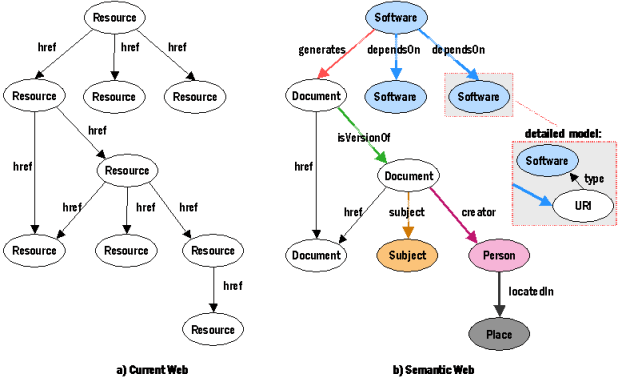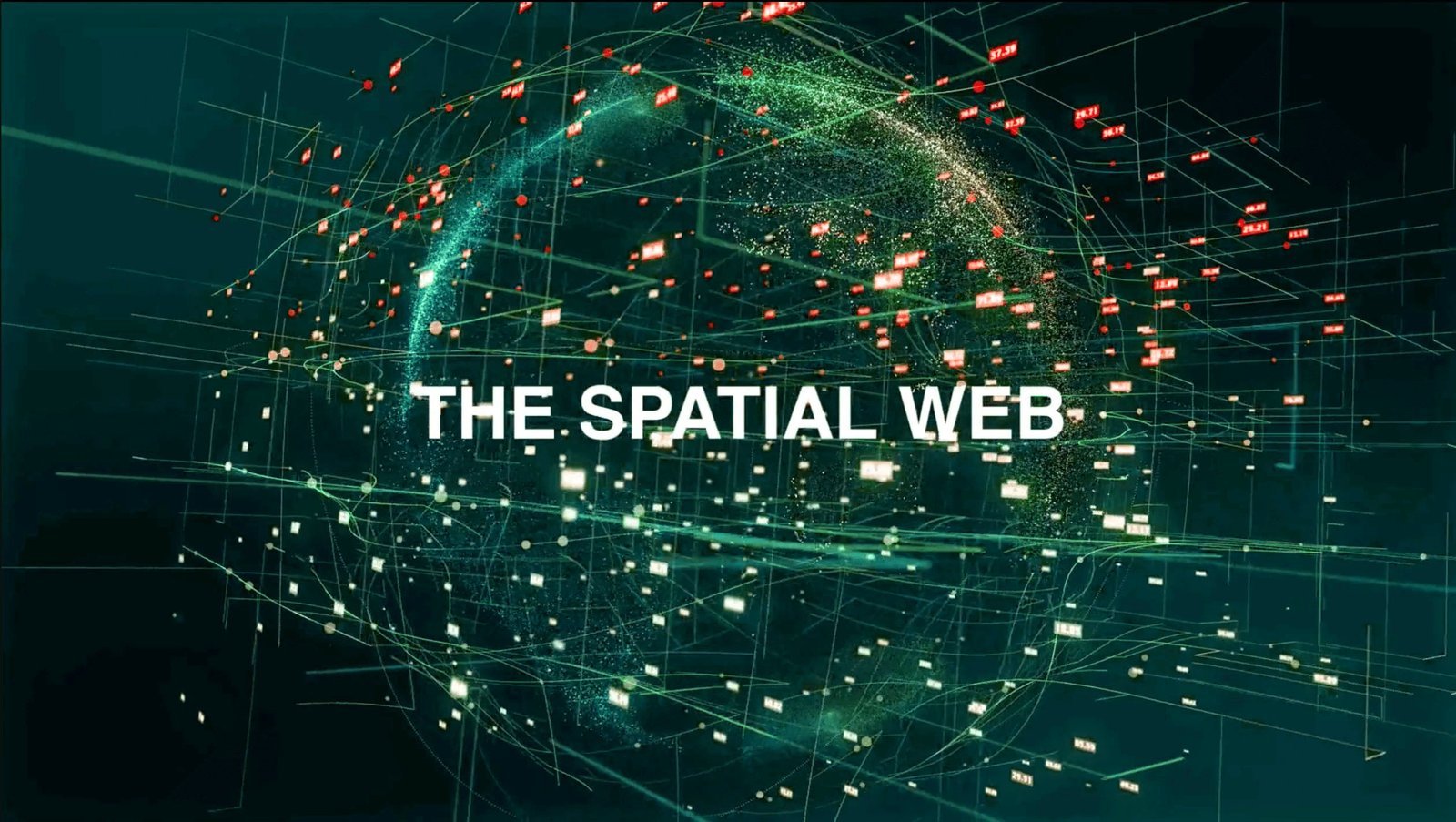Have a visualization of an ultramodern kind of internet that not only precisely interpret what you input, but truly pick up everything you convey via any media like text, voice, etc. Or the type of internet where all your consumed content is more tailored than ever earlier you have. We are on the verge of development in the web’s evolution. The early pioneers named it web 3.0.
Possibly, there exist some early-stage applications of web 3.0 but we cannot observe the true potential until the modern internet is fully embedded in the web infrastructure. Here raises the question that in reality what is web 3.0?
Don’t worry! you’re at the right place to learn about this outclass thing. In this article, we will thoroughly discuss the emergence of web 3.0, its features, resemblances, and differences from other webs, and how it can change our lives.
What is Web 3.0?
It’s the imminent generation of the internet by which the processing of information will be done in a smart human-like way through the apps and internet websites via technologies such as Big data, Machine learning, and DLT. Further machines and users will be able to intermingle with data too.
What are the key features of web 3.0?
To have a clear understating of the upcoming stage of the internet, we have to look at these four prominent Web 3.0 features given below.
· Ubiquity
Ubiquity means omnipresent. In other words having the ability to be everywhere, especially at the same time. Web 3.0 simply will have this technology that will bring forth a superfluity of new types of smart devices.
· Semantic Web
It’s the relationship between words. Therefore this makes the computers scrutinize loads of data. Ultimately, by this web internet users will avail better practices driven by an enriched data connection.

· Artificial Intelligence
AI will be flawlessly embedded into the web 3.0 and will assist online platforms like blogs to sift data and shaped them to each user’s fondness.
· Spatial Web and 3D Graphics
It will take us into the clear virtual world (3D) through revolutionized graphic technology. It will bring a cutting-edge advanced level of engagement not only in games but also in other sectors like e-commerce real estate etc.

What is the difference between web 3.0 & 2.0?
The core difference between web 3.0 and 2.0 is in their versions. Web 2.0 is the existing version of the web which we currently use while 3.0 represents its upcoming phase. The web 2.0 version is widely upheld by social networks such as smartphones and internet access while the web 3.0 will be endorsed as decentralized, open, and of greater utility.
How Web 3.0 and Blockchain are Related?
The relationship between 3.0 and blockchain is going to be tense in the future as the web 3. 0 networks will operate by the decentralized protocols — the founding blocks of blockchain and other such technologies, we can anticipate symbiotic courting between them and related fields. They’ll be interoperable, seamlessly integrated, automated through smart contracts, and used to power something from microtransactions.
Web 3.0 Applications
A commonplace requirement for web 3.0 is the potential to digest big-scale data and convert it into authentic outcomes and useful executions for customers. By this assumption currently, these applications lack this ability and are at their early stages.
A number of the companies that are building or have merchandise that they are remodeling into the internet 3.0 are Amazon, Apple, and Google. Two examples of applications that make use of web 3.0 technology are Siri and wolfram alpha.
Closing Thoughts
The new internet will have a more private and custom-designed browsing experience, smarter, and different decentralized advantages that are hoped will help to set up an extra equitable net.
With web 3.0 out in the market, we will be able to see almost all of today’s generally offline machines, from home appliances to all forms of shipping, become a part of the IoT economy, interacting with its self-sufficient servers and decentralized packages, advancing new virtual realms like blockchain to power a myriad of recent tech “miracles” for the 21st century.
/*54745756836*/